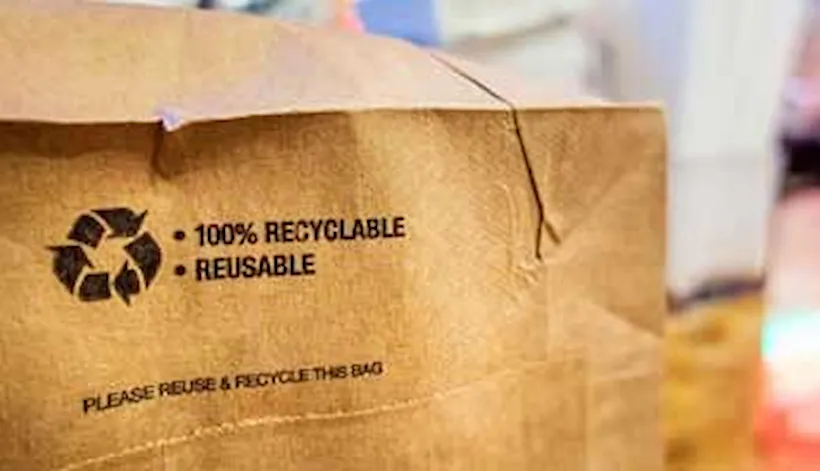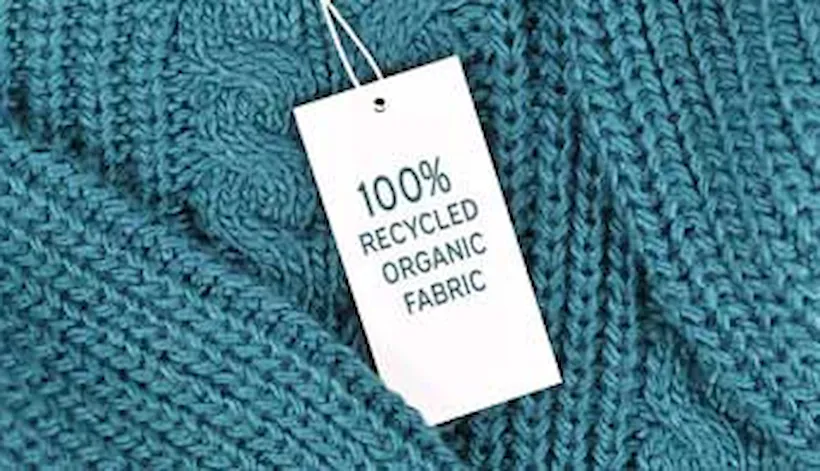Engaging consumers as effective actors in the circular transition
It has been more than a century since US-born retail entrepreneur Harry Gordon Selfridge supposedly adopted the phrase “the customer is always right”. While that may have been his view, the role of the customer or consumer has subtly changed over the years.
While Selfridge may have practiced the principle of customer service, other manufacturers and retailers certainly did not as the practice of selling shoddy goods was quite common. Later, after a prolonged period of global conflict when goods were in short supply, consumers out of necessity adopted a make, do and mend attitude. However, this soon gave way to the throwaway society encouraged by manufacturers and retailers keen to sell as many products as possible even if this meant wasteful disposal of goods, overconsumption and planned obsolescence.
But the wheel is turning again, and the circular economy is changing the entire value chain, including the way products are used and disposed. To meet sustainability goals that governments and, to an increasing extent, manufacturers and consumers are coming to embrace, the value of a product needs to be maintained for as long as possible during its use and not get lost when disposed of.
Consumers are increasingly considering the impact of their purchasing choices. A DNV survey showed that 48.1% buy products with recycled properties and 62.9% prefer to buy less or go for second-hand products. Second-hand sales were once considered as not benefiting manufacturers, but this is not necessarily true. Consumers that cannot afford to or prefer to not buy new could develop brand loyalty by purchasing second-hand or refurbished products.
In linear economy models, the company responsibility ends at the point of sale or service. In circular models, it is extended to usage and disposal of products. Thus, companies and consumers must act in synergy to achieve circularity. This demands new business models as well as changing consumption and purchasing habits which have been embedded for decades.
Companies must design long-lasting circular products or services and consumers ought to develop critical knowledge about circularity that spurs participation. For example, companies can offer take-back programs for end-of-life electronical products or deposit scheme for recyclable packaging. Take-back programs for genuinely obsolete products can also increase consumer engagement and the manufacturer should be able to reuse at least some components, offer them as spares for still functioning products or recover value by some other form of recycling. However, these are only as successful as the degree of consumer participation.
To be successful, it is all about ensuring that both company and consumer act accordingly. DNV’s survey showed that most consumers believe they can play a role in the circular economy (86.1%). Out of these, 65.4% think they can contribute through purchasing sustainable products and proper recycling. Interestingly, 20.7% believe boycotts and advocacy can work.
An open challenge for companies is how to engage and incentivize consumers into their circular business models to secure a true circular future.




